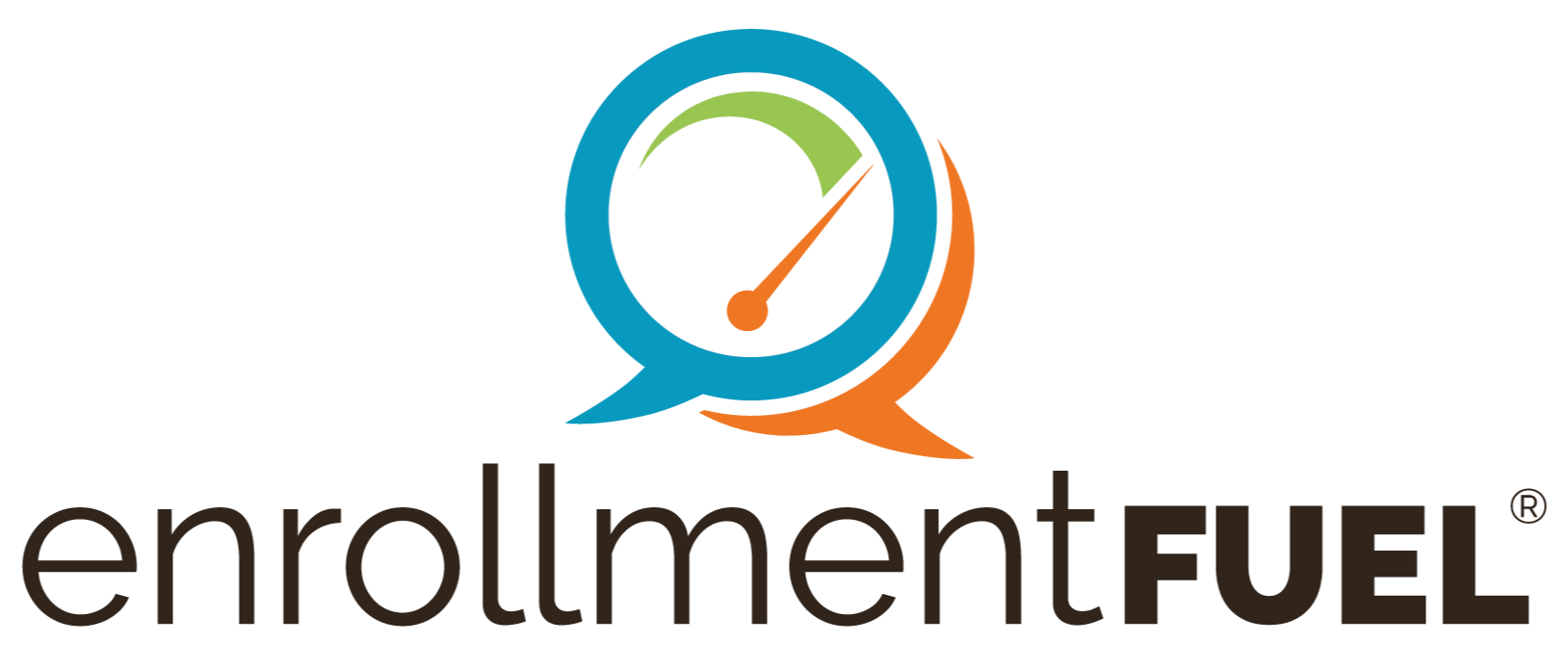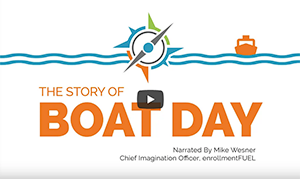I just got back from the annual NACAC conference in Louisville. Throughout my enrollment career, I’ve attended more than twenty of these conferences, and have always loved the camaraderie, professional development opportunities, and the collective environment of higher education.
At the 2019 conference, the NACAC governance had my full and undivided attention, as the organization voted to make changes to its Code of Ethics and Professional Practices (CEPP). This change is the next iteration of the long-standing Statement of Principles of Good Practice (SPGP). I’m not a lawyer or an ethicist by trade. I’m happy to be a strategist and practitioner. This blog, therefore, isn’t about the right or wrong, or even the fairness of the new rule changes. It’s about what these changes mean for enrollment practitioners and how they affect planning, forecasting, and management within our enrollment environment.
I think the most significant impact the rule changes will have for many colleges and universities will be how we keep committed recruits committed. The rule changes allow for an environment of “embattled melt.” The new recruiting landscape will provide opportunities for colleges to poach another college’s already committed students by offering increased incentives – likely financial.
I’ve been in conversations with professionals at several schools this past month about this inevitable change in ethical practices. Most are extremely concerned about the potential impact these changes will have on their incoming class, driven by two types of schools – colleges with high discount rates and desperate colleges.
Both can lead to a scenario that causes enrollment managers to try to “close the deal” by offering increased financial aid packages to students who have already said, “Yes, I’m coming” to a competitor. During my career, I experienced the urgency of locking in the class. However, I never had free reign to jack up discount rates to get the incoming class. In this new environment, I would be at the mercy of my competitor’s level of panic about low headcount, combined with their willingness to offer bigger financial packages.
As an enrollment strategist, one aspect of my job is helping clients figure out what can be done to ward off potentially desperate competitors from stealing recruits. The bottom line is that you never want to, and can’t afford to, get into a bidding war with colleges that have deeper pockets. That means nurturing stronger relationships with recruits to build a more resilient incoming student class with “stickier” commitments. In this new environment, no one can stop other colleges from making increased financial aid offers to your committed students. With intentionality and hard work, you can prevent recruits from entertaining those offers.
How does a school nurture, for lack of a better term, a “sticky” recruitment class? Some colleges will deploy larger and larger non-refundable deposits to force a student to stay committed. Other colleges will offer as many perks as they can (preferred housing and class scheduling) as incentives to commit and stay committed.
Those tactics have obvious weaknesses. Some students won’t deposit if the amount is too large. Other students will wait for the best offer with the most incentives before committing.
I would suggest another model: relationships. enrollmentFUEL encourages and strongly advocates that all of our client-partners embrace the “People Recruit People” mentality. At the end of each recruitment cycle, most of the students who walk into your college’s classrooms have built a relationship with someone at your school. That relationship might be an admissions staff member, a faculty member, a coach, or a current student. Whoever that person on your campus is, they are an essential part of why that student is now at your school. Our challenge as enrollment managers is to build a strategic plan to cultivate deeper, stronger relationships with our prospective students.
Those relationships start from the moment a college introduces itself to a prospect – at the inquiry stage. Here are ten things you need to do to build “sticky” relationships with your prospects.
- Personalize all messages to your inquiries (academic interests, co-curricular, or activity interests). Your prospects have to get the sense that you actually know something about them. Get creative and start thinking about collecting new data points that are more engaging to Gen Z.
- Embrace the “it takes a university to recruit a student” philosophy. Build an army across your campus, by including faculty, current students, staff, and administration to help nurture those relationships.
- Use the student’s preferred communication channels. For example, don’t call them if they would rather text.
- Start your relationships early in the search process (sophomore/junior year).
- Build a comprehensive communication plan for prospective students that will span more than one year and include parents or guardians.
- Respond in a timely way – whether it’s traffic on your web site or a phone call that comes to your admissions office, be faster than your competitors!
- Know and communicate your distinctives early and often. If your college looks like your competitors, don’t be surprised when prospective students only focus on the size of the financial package as a decision differentiator.
- Get in front of your prospects. Making eye contact and shaking hands is essential in building a strong relationship. Whether it’s on your campus, in their high school guidance office, at a regional new student reception, or a Starbucks in their town, do the hard work of meeting people face-to-face.
- Build micro-commitments within your recruitment process. Calls to action are micro-commitments. Ask for them, and measure when potential students do what you want them to.
- Switch from a recruiting mindset to a retention mindset. You need to retain your inquiries, applications, admits and commitments. In the new recruitment landscape, colleges will be able to poach current students, as well as recruits, so you need to continue to build “sticky” relationships from the prospect stage until students graduate.
These are just the basics of the beginnings of “sticky” relationships. enrollmentFUEL is in the business of helping our client-partners build a strong incoming class. If you’d like to discuss how we might help you build your incoming class through our enrollment solutions, please contact me at jay.fedje@enrollmentfuel.com.
By Jay Fedje, Vice President of Client Services
Additional reading on NACAC’s SPGP ethics rule changes:
- Ethical College Admissions: NACAC and the DOJ by Jim Jump
- Admissions Pressure Grows by Scott Jaschik
- Admissions Weblog by Jon Boeckenstedt
- NACAC 2019 Proposed Code of Ethics changes
- The Department of Justice Aims to Unravel the College Admission Market by Brennan Barnard
- 'Welcome to the Wild West’: The Competition for College Applicants Just Intensified by Eric Hoover
Related Articles
Budget-Friendly Enrollment Strategy Services | enrollmentFUEL
{% module_block module "widget_9792899c-4757-4a9a-865f-a2e079ed51dc" %}{% module_attribute...Privacy Restrictions in Higher Ed | enrollmentFUEL
We hope you had an opportunity to join the College Board webinar on Wednesday, March 29, 2023....
Higher Ed SEM Articles | Enrollment Staffing Survey | enrollmentFUEL
Enrollment management in higher education is a critical field that shapes the future of...




